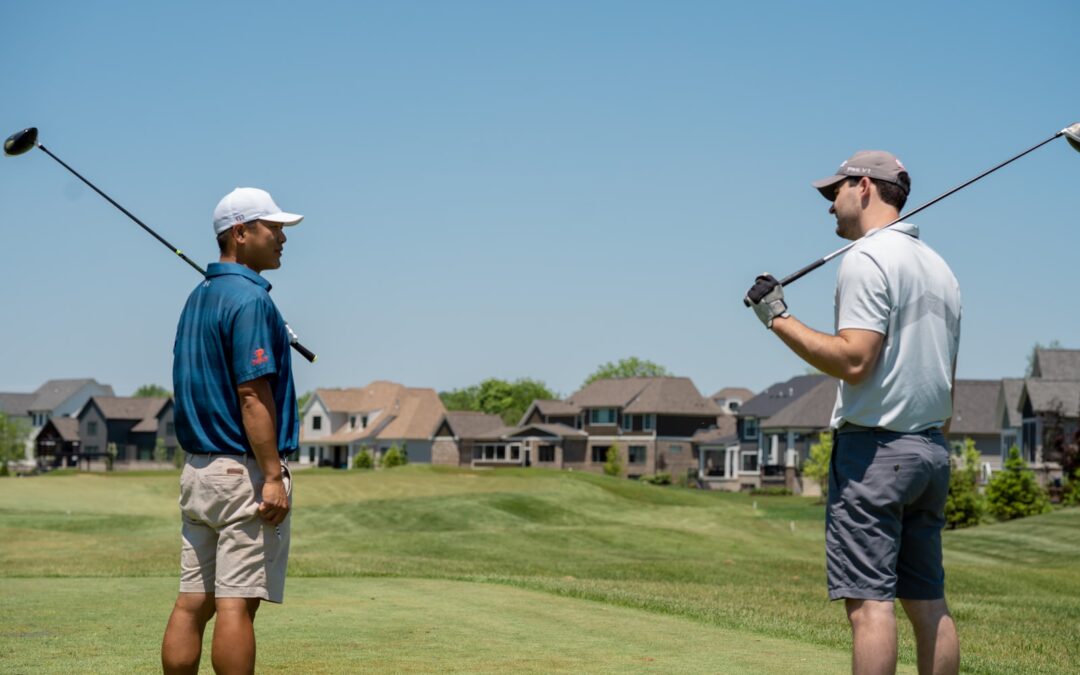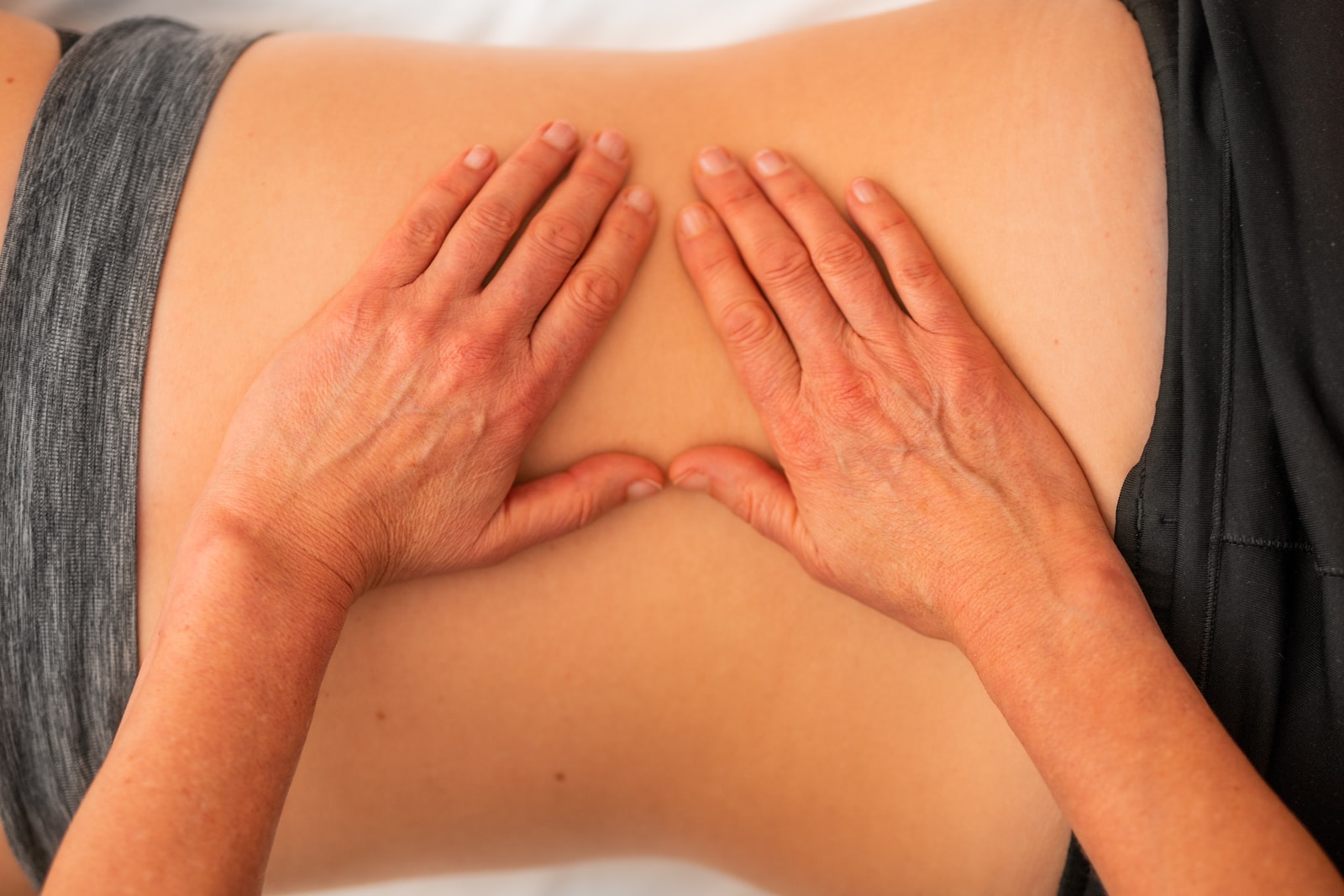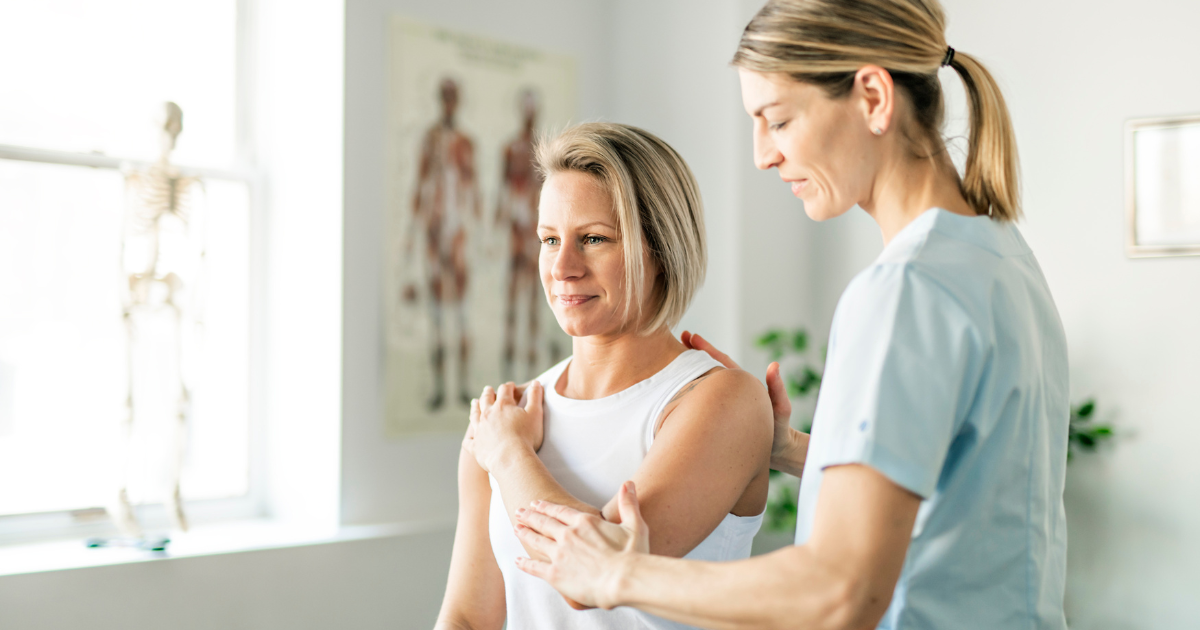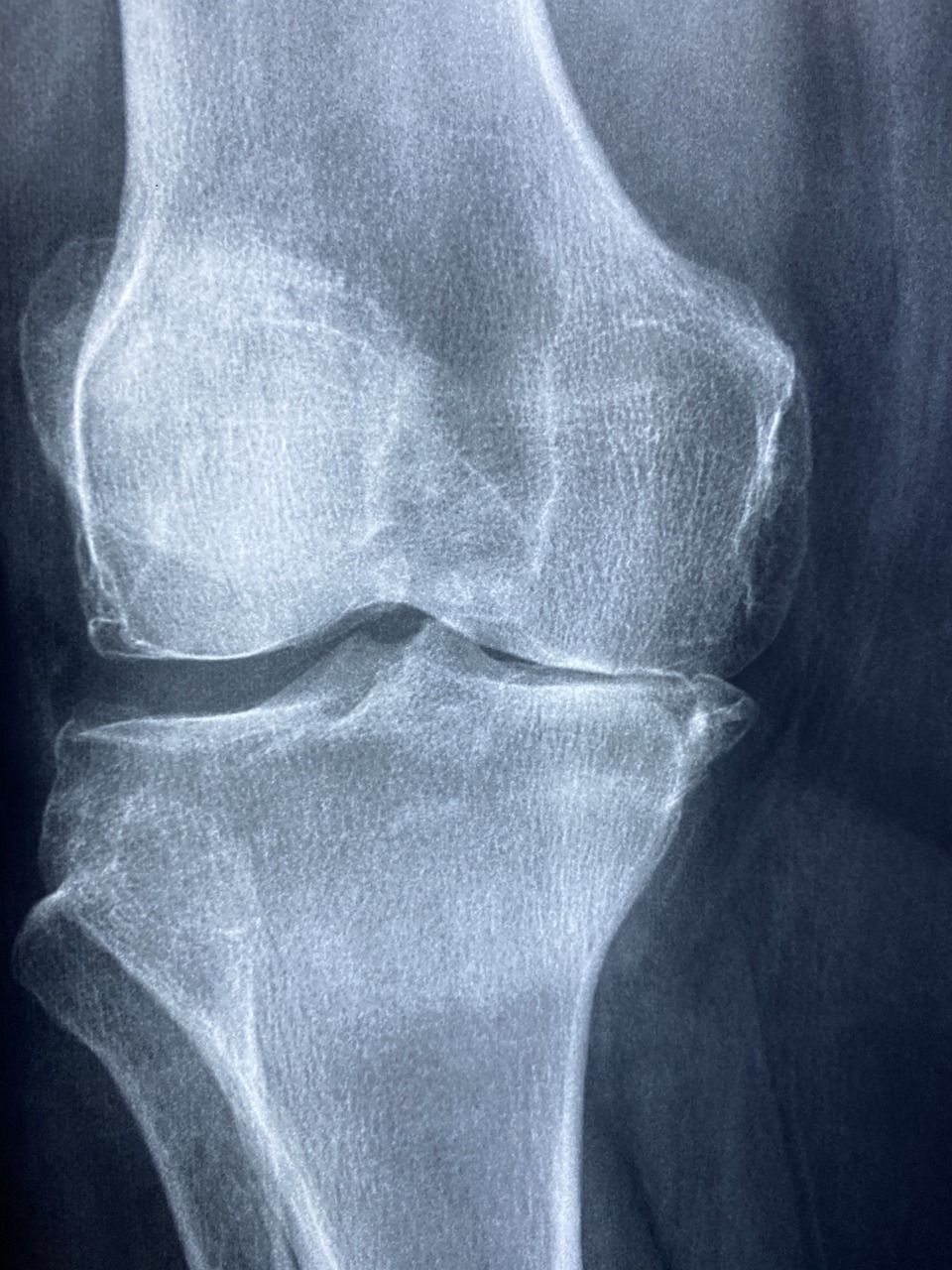In this final part of a 3 part series we explore playing golf with lower back pain and options to overcome it.
This is the final part of the series. This follows on from part 1 where we look at the spine and the golf swing and part 2 where we look at common reasons golfers get lower back pain.
Playing golf with lower back pain?
It is well documented that the spine and golf swing mechanics are different in these who suffer from or have suffered from lower back pain. This is due to the body having to dealing with the combination of dealing with the force in to the ground and the spinal activity during the swing.
Even in non golfers, people who have suffered lower back pain increase their spinal compressive forces by 26.3 to 75.5% compared to those without pain. It has been suggested this occurs due to increase activation of both the muscles at the front and back of the spine. This occurs in an attempt to stabilise the spine.
Furthermore, people in pain move different to avoid the pain.
It has been suggested that golfers with Lower Back pain have a decease in abdominal activation during their swing. This reduces the amount of trunk flexion during the downswing.
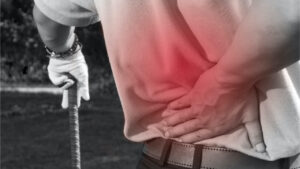
Therefore, in golfers with lower back pain, the combination of reduction in abdominal recruitment plus the reduction in trunk flexion reduces the amount of trunk rotation and increases the amount of pelvis rotation. This results in more rotation of lumbar spine. Where the pain is!
Also, increase pelvis rotation creates poor swing mechanics.
Another consideration is that golfers with lower back pain get decreased recruitment in back extensor muscles during the swing. The potential reason to reduce force thorough the spine. The issue occurs when we understand that we need the back extensors to stabilise the spine and pelvis. Which could result in greater risk to the golfer.
It has also been shown that on lower back pain golfers the back extensor muscles activate before the backswing occurs. This is another sign of the body finding a way to stabilise. But also adding to swing faults.
Other studies have looked how well the back extensors can maintain stability during a round of golf. Meaning that in lower back pain golfers the muscle fatigues early. This has been shown to affect the muscles at the front of the thigh too.
Why is this important? Well the pelvis provides attachment and insertion points for many muscles
- The back extensors
- Glut max
- Glut med
- Quadriceps – rectus femoris
- Hamstrings – biceps femoris, semitendonous, semimembronous
A golf swing is a full body moment. So when looking at the lower back in golf you need to consider all attachments and relative joints.
The Relationship of hip and lower back pain in a golf swing
During the backswing of a right handed golfer the external hip rotators (Glutmax, med, psoas major and min plus pirformis) of the lead hip are stretched eccentrically.
At the same time, In the rear hip the opposite motion occurs. The clockwise pelvis rotation is restricted by the internal rotators (adductors (longus, brevis and Magnus) and pectineus).
The down swing occurs with counter-clockwise pelvis rotation and is a result of gluteal and hip rotation. These are unequal in direction, force and speed. This can is turn lead to golfers creating range of motion and or muscle imbalances over time.
At impact and during the follow through the lead hip acts as a pivot for the body to rotate around. This motion of the hips, pelvis and spine are all highly interrelated through shared muscles.
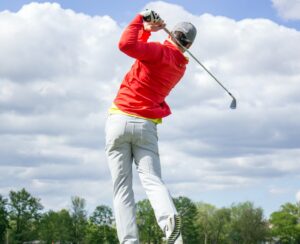
If a golfer lacks lead hip rotation, pelvis or trunk rotation range during the backswing or follow through then the spine will have to compensate. As we see later result in lower back pain.
It was shown though in both professional and amateur golfers with lower back pain that the did have reduced lead hip internal rotation compared with pain free golfers. Furthermore, in professional golfers this maybe due to the asymmetrical hip rotation strength ratios. This could be due to repetitive stresses the reoccur with practice.
It was then suggested that it could also lead to lengthening of the external rotators of the lead leg due to the repeated eccentric loading, This in turn creates the reduction in range of internal rotators and also the weaken the external rotators.
Relationship of trunk and lower back pain in a golf swing.
It is encouraged during a swing to create side bend and rotation of the trunk. This has become named the ‘crunch factor’. This combined movement creates a large stress through the L4-L5 part of the lower spine.
During the swing the L2-L4 bend away from the direction of rotation, while L4-S1 bend towards the direction of rotation. This creates ideal trunk rotation. This is at its highest during the downswing, at impact and early follow through. Even though when we look at this combined with luges forces, there is no conclusive evidence to suggest this an injury risk.

It has been suggested golfers with lower back pain may develop a habit of excessive trunk rotation. This maybe a compensation to create more force by increasing trunk and pelvic separation. This becomes an issue when they move past their own personal body limits.
It is normal within general population for lower back suffers to reduce the amount of truck flexion they use. BUT for golfers, trunk flexion affects trunk rotation. So by reducing trunk flexion which in turn affects trunk and pelvic rotation you increases the stress on the spine. Often the compensation in golfers to alleviate this is to shorten the backswing.
What can I do to treat or prevent lower back pain?
We must accept that lower back pain is multifaceted. This means treating it and preventing must be holistic. There is no one size fits all plan. It consists of finding the best solution for you.
We must always insist you seek professional support with this. We highlight some suggestions in this section as guidance.
- Coaching – find a good coach. Trust and listen to them
- Focus on exercises to improve you hip, pelvis and lower back.
- If in doubt consult a healthcare professional
- Take him to work on your overall conditioning
- Make sure you eat and hydrate well when practicing or playing to avoid fatigue
- Make sure you get a good nights sleep. Recommendations are 7-8 hours per night.
Conclusion.
Lower Back is a common injury and can affect your lifestyle and your golf. Although lots can be done to help it. Stop ignoring it and start actively working towards sorting it.
If you have any questions or comments please feel free to get in touch with us on 01257 441 291, visit our website, or book online
